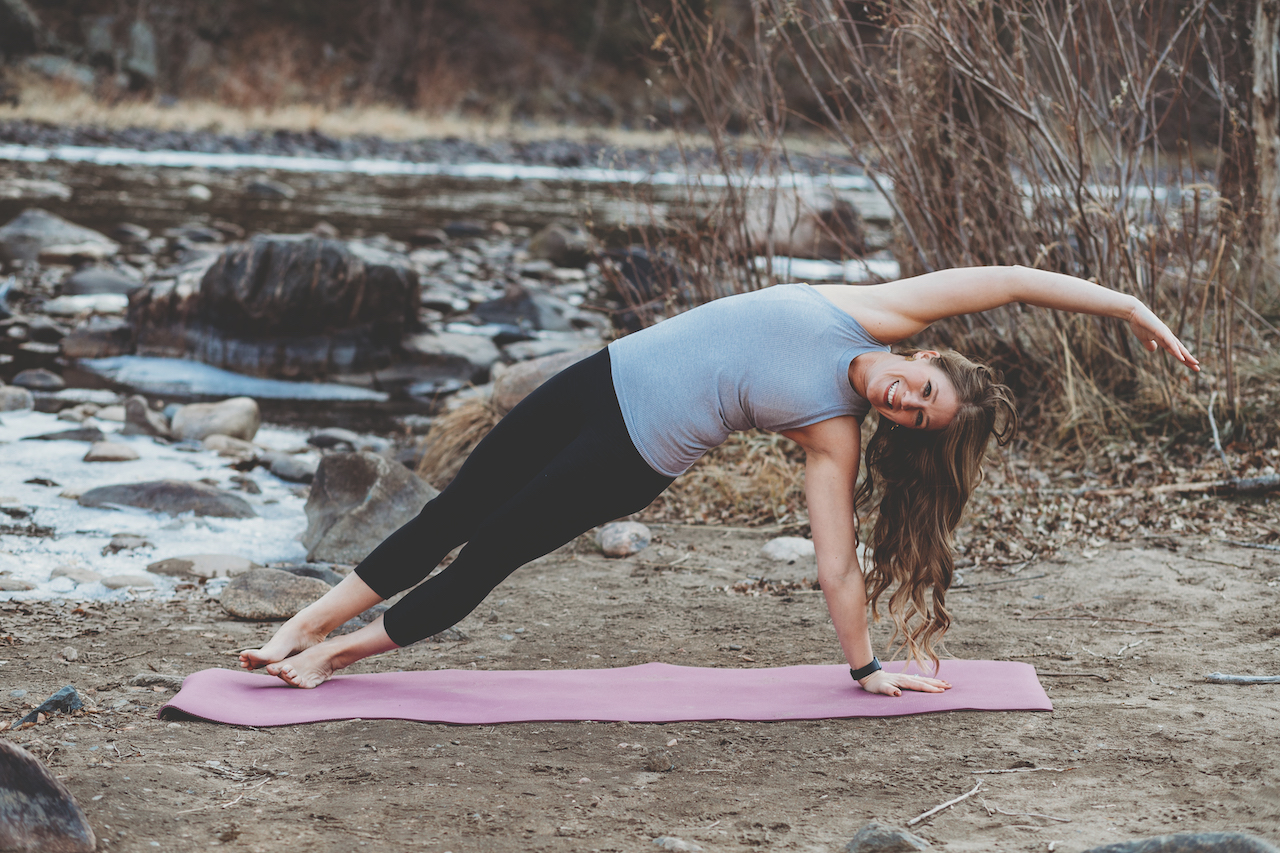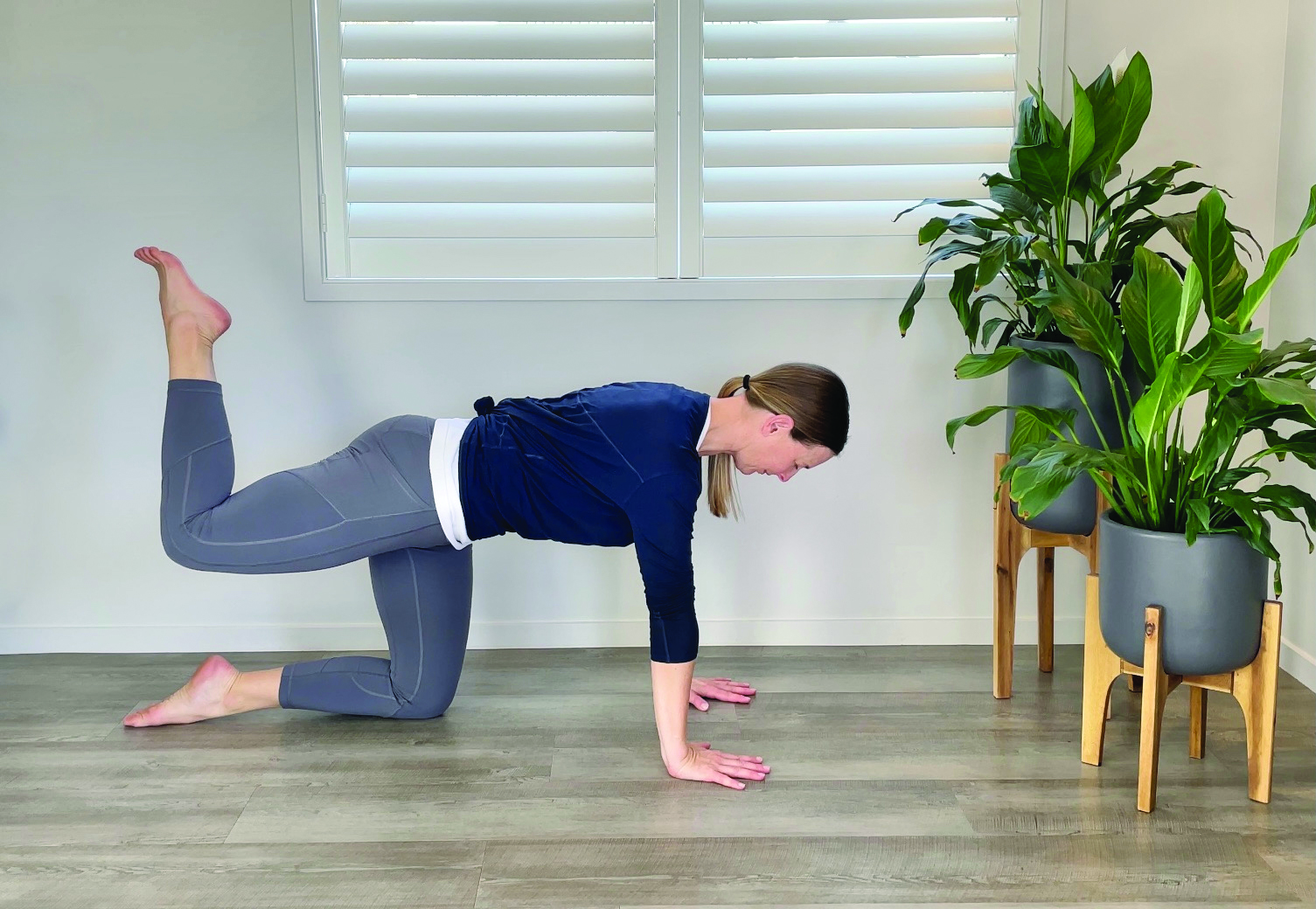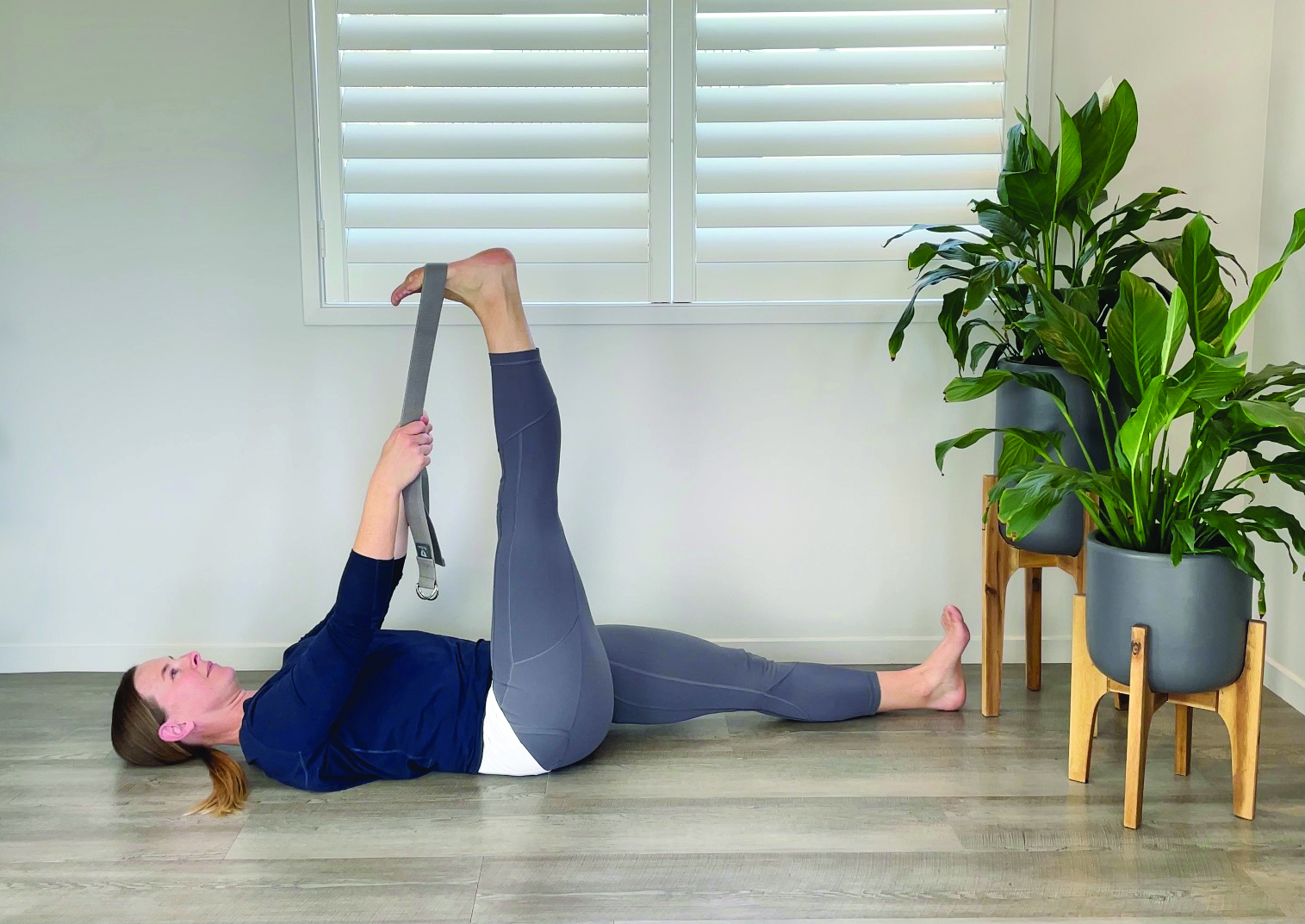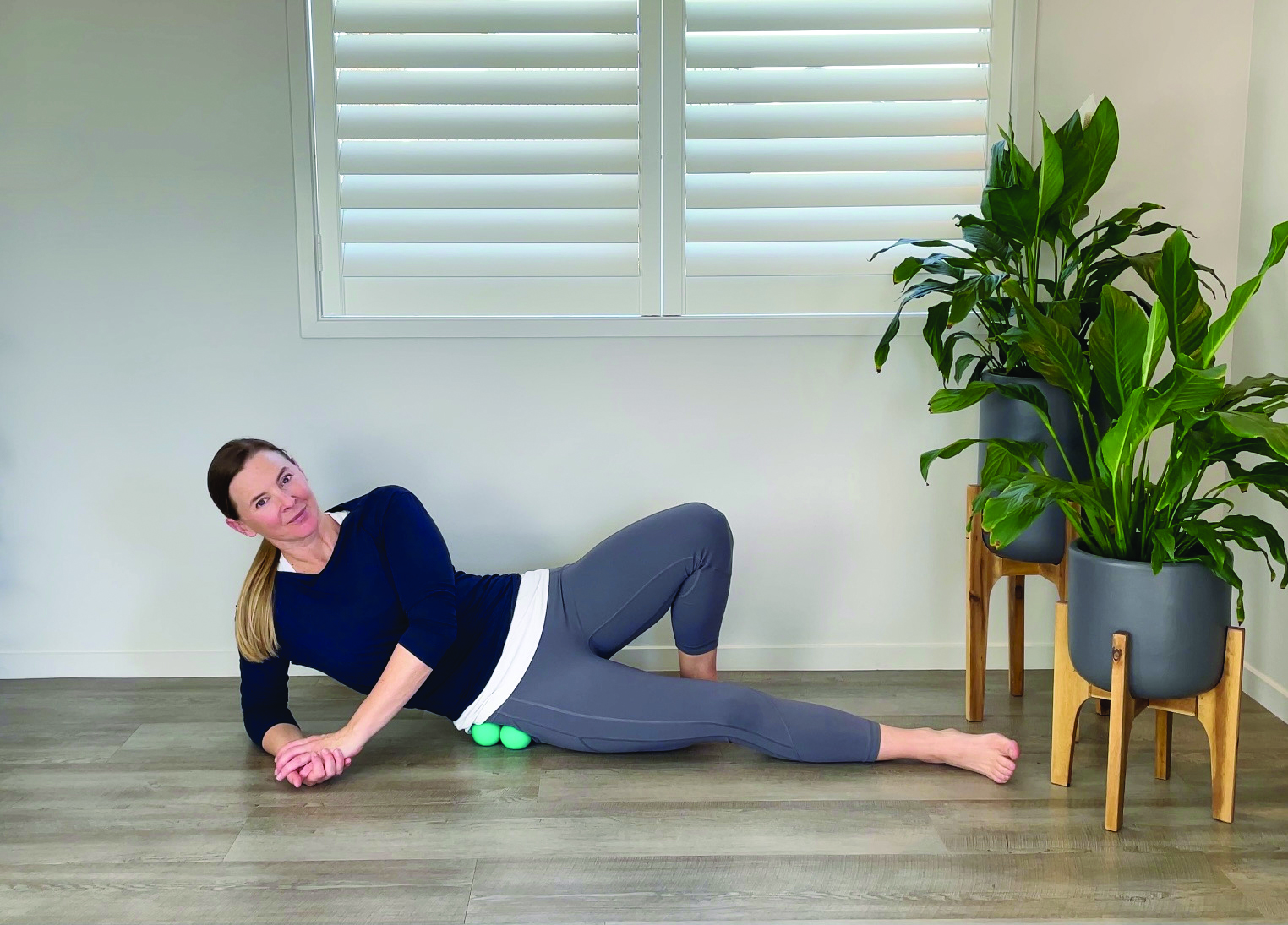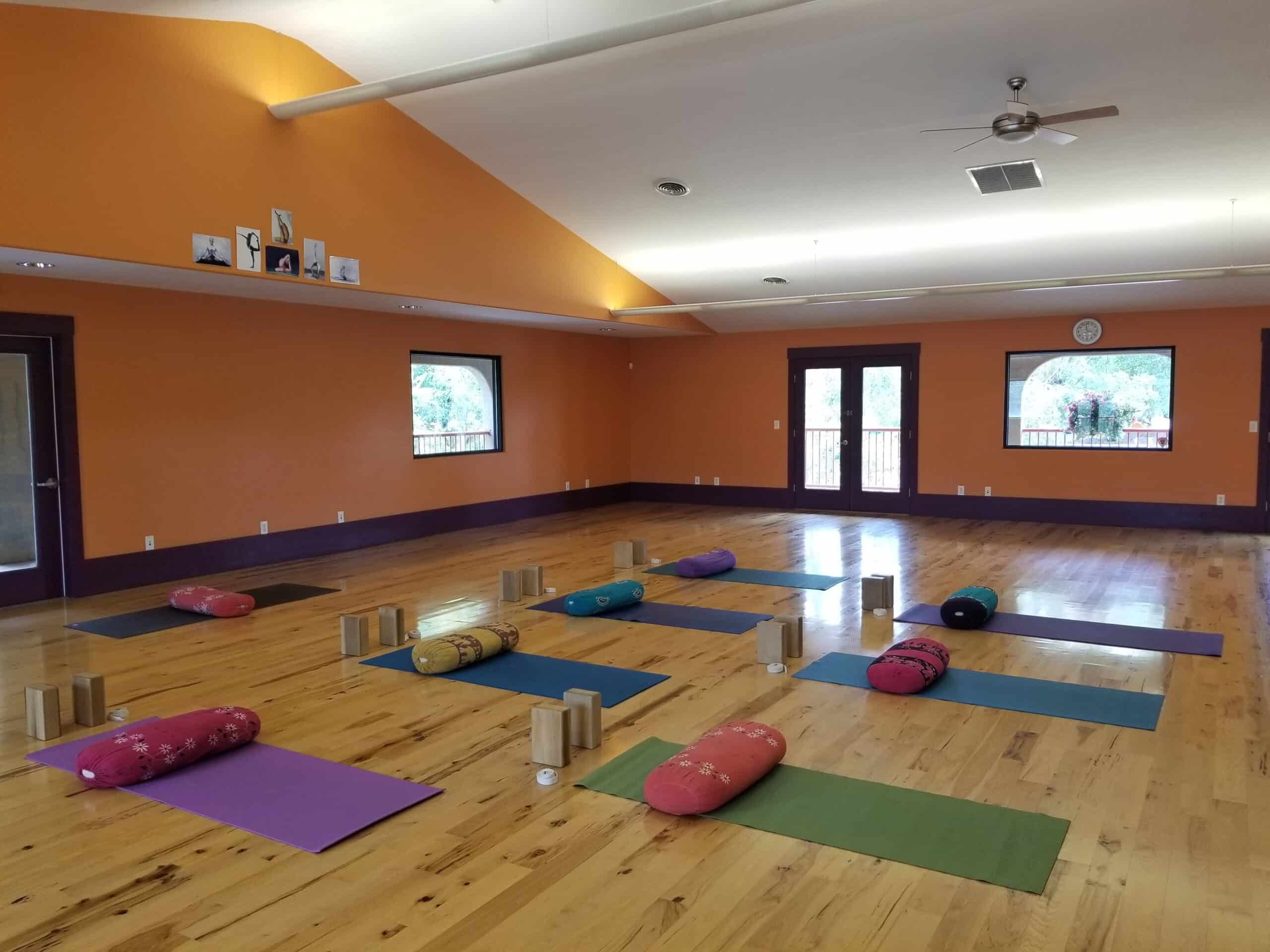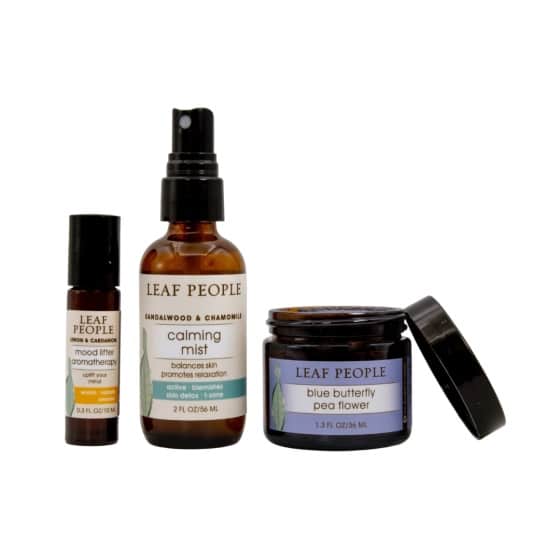Your Body On Yoga Therapy | By Toni Viney
If you reflect upon what you seek from your yoga practice, I will wager that the concept of harmony arises in some form or another: “I want to feel better;” “I am seeking a sense of calm and ease;” “I am exploring opportunities to challenge my body.” The body is made to move, yet we often find ourselves in repetitive physical shapes which we hold for long periods of time. Incorporating yoga therapy techniques can help you find a sense of balance by recapturing or maintaining range of motion, relaxing what is tight and strengthening what is weak. There is a certain harmony that exists within our tissues which we can optimize when we are intentional about what we target and how. Here’s how yoga therapist Rachel Land describes her role: “I hope to help guide each student into a greater sense of self-awareness and expose them to a range of yoga tools and techniques, so that they are able to better gauge their own needs and therefore shape their practice around them.”
The more we practice yoga, the more in tune we are with our bodies and the more able we are to recognize the integrated system inside ourselves. Land’s approach acknowledges the individual experience and that yoga therapy will look differently for each person.
“Taking a therapeutic approach means selecting the right tools or techniques for each student in order to balance out the demands of their lives. Sometimes that means focusing on asana practice — selecting poses that strengthen tissues that are weak or inhibited and poses that release those that are tight or tense. Other times it means focusing on practices like pranayama or meditation to harness their wide-reaching effects on the nervous system,” she explains.
The lens of yoga therapeutics offers a way to return to balance. Consider your hip joint and how the tissues supporting that joint are impacted when your body is in a seated position for significant portions of the day. The anterior side of your hip may become overutilized and the posterior side may become underutilized. Yoga therapy will hone in on your repetitive postures and offer techniques that can be used to realign the body and offset repetitive postural tendencies. While a true therapeutic approach explores the complexity of your entire body, the examples below provide a glimpse into what techniques might be pursued in an asana-focused yoga therapy session to help you create internal harmony.
- 1
- 2
- 3
1. ACTIVE RANGE OF MOTION (AROM): HIP CIRCLES
What it is: The range of motion you can control independently by activating your muscles. Moving slowly through an AROM exercise can help fire deep muscles to optimize the position of bones within the joint capsule.
How to: From a tabletop position, engage your core to find length in your spine and lift your knee off the mat with your foot facing the ceiling. Draw your hip into flexion by bringing your knee toward your chest without moving your spine. Keep that shape and externally rotate your hip by tilting your foot toward your midline and knee away from your torso. Find abduction by drawing your leg out to the side and then internally rotate your hip by tilting your knee down and your foot up. Move into hip extension by lifting your knee and foot toward the ceiling without moving your spine. Move through the movements slowly, taking time to feel the entire range of motion of your hip.
2. PASSIVE RANGE OF MOTION (PROM): HAMSTRINGS
What it is: PROM helps to retrain the connective tissue and reset the nervous system. PROM differs from AROM because the muscle you are targeting is relaxed.
How to: Begin on your back with legs long on your mat. Lift one leg toward the ceiling, and place a yoga strap (belts and scarves work well) on the ball of your lifted foot. Hold onto the strap with both hands, using it to help guide the hamstrings of your lifted leg into a stretch. Hold as you breathe deeply.
3. MYOFASCIAL RELEASE (MFR): GLUTEUS MEDIUS
What it is: MFR can be used to release tight areas in the body, increase circulation and rehydrate tissues. This technique supports the ability of your tissues to move and stretch freely.
How to: Lie on your side, on top of two myofascial (or tennis) balls underneath your outer hip. Bend your top knee and place your foot on the floor behind you for support. Position the MFR balls on the muscle of your outer hip while avoiding bone. You may feel heightened sensation but should stop if you feel pain, numbness or tingling. Find a trigger point and hold for 30 to 45 seconds.
Photos by Rachel Land.
Originally published in the Winter + Spring 2021-22 issue.

Toni Viney grew up as a city girl in the Chicagoland area with close country life and farming ties. She spent her summers on a river in southern Wisconsin and learned to drive a boat well before learning to drive a car. As an adult, Toni made her way to the mountains to pursue a master’s degree at Colorado State University and discovered her love for yoga during graduate school. She became a yoga teacher in 2011 and has been teaching group classes, one-on-one private sessions, and workshops ever since. She founded Best Day Ever Yoga in 2021.
Naturally caffeine-free and filled with adaptogens superfoods, the Turmeric Milk Mix will nourish your whole self. It [...]

Subscribe to Our Tribe
Stay up to date with Y+L News, Events and special announcements.





